Your cart is currently empty!
Tag: ClimateControl
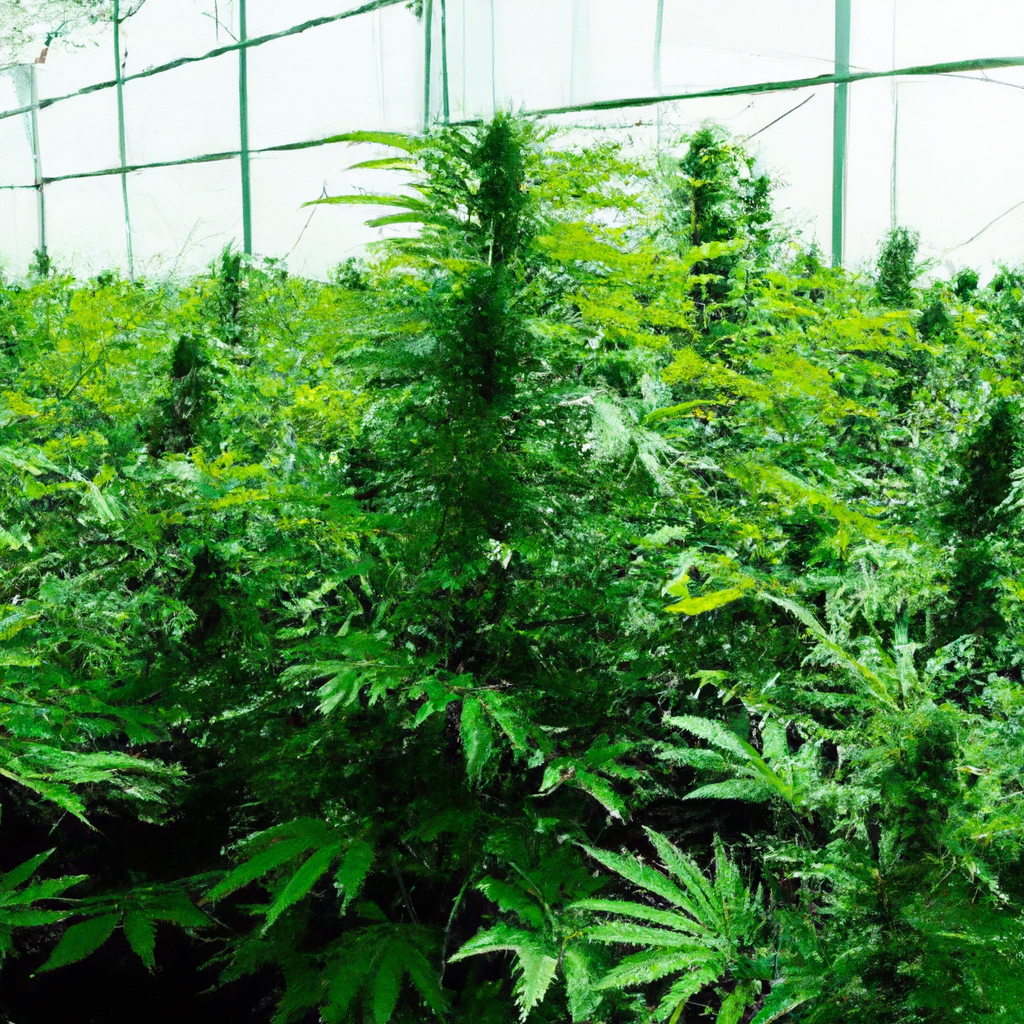
The burgeoning cannabis industry is increasingly utilizing greenhouses for optimal cultivation. This article explores advanced techniques to boost yields, quality, and resilience in cannabis plants. Key benefits of greenhouses include optimal light exposure, climate control, and pest management. Advanced climate control strategies, like automated systems and thermal screens, ensure consistent environments. Nutrient delivery is enhanced…
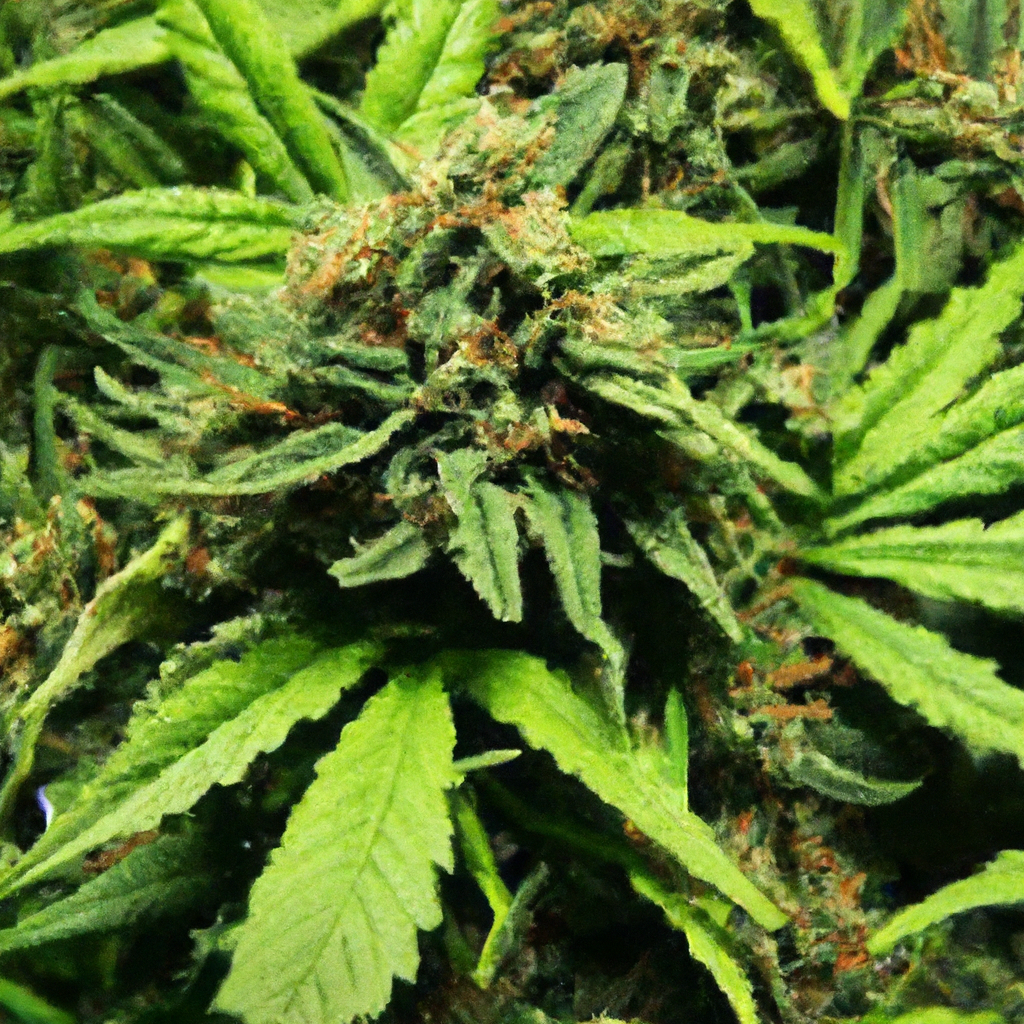
Cannabis cultivators face significant challenges that impact the quality and yield of their crops, including pest and disease management, climate control, nutrient management, and strain selection. To overcome these hurdles, growers should employ integrated pest management strategies, utilize advanced technology for monitoring, tailor nutrient solutions, and remain adaptable through experimentation. By addressing these challenges proactively,…
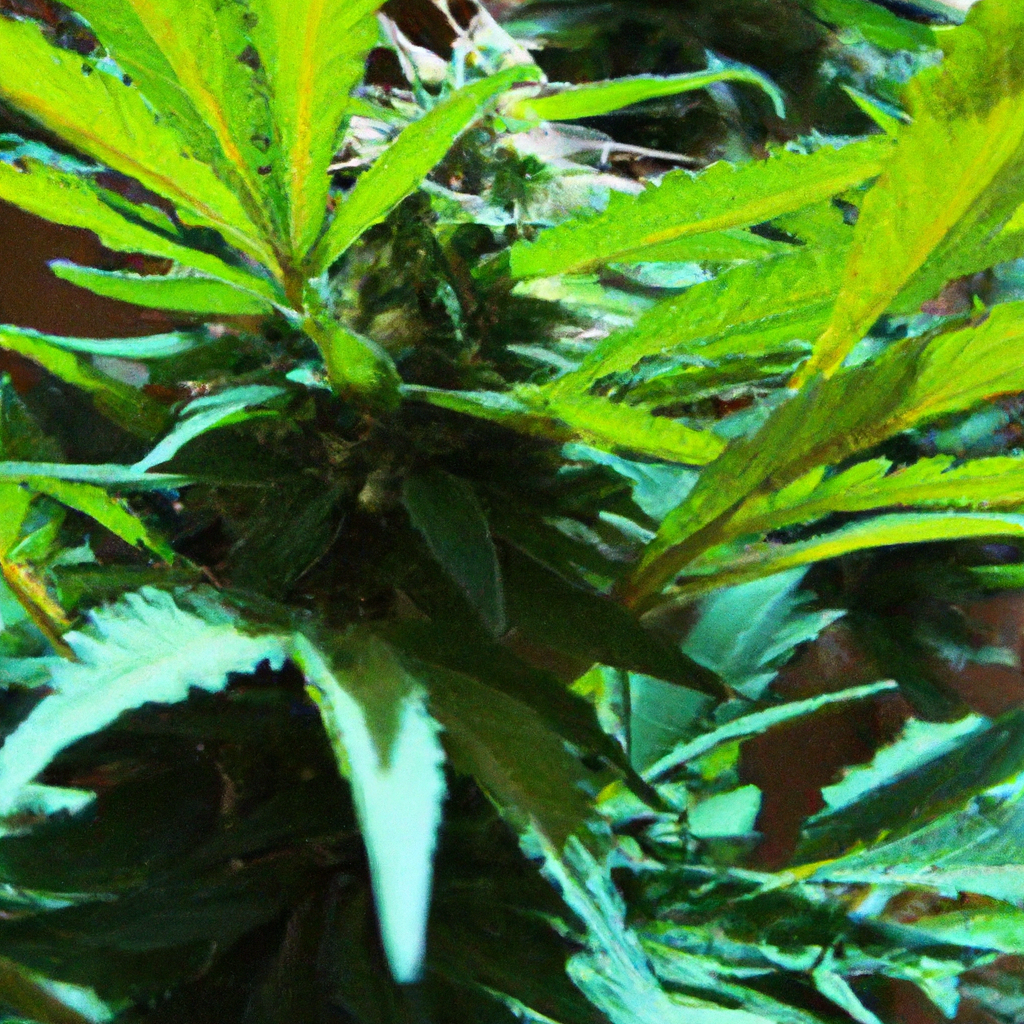
This article delves into the strategic use of natural light in cannabis cultivation, highlighting its benefits and offering practical tips to maximize its effectiveness. Natural light provides a full spectrum essential for photosynthesis, offering a balance of red and blue wavelengths that boost budding, flowering, and vegetative growth. To harness its potential, align plant rows…
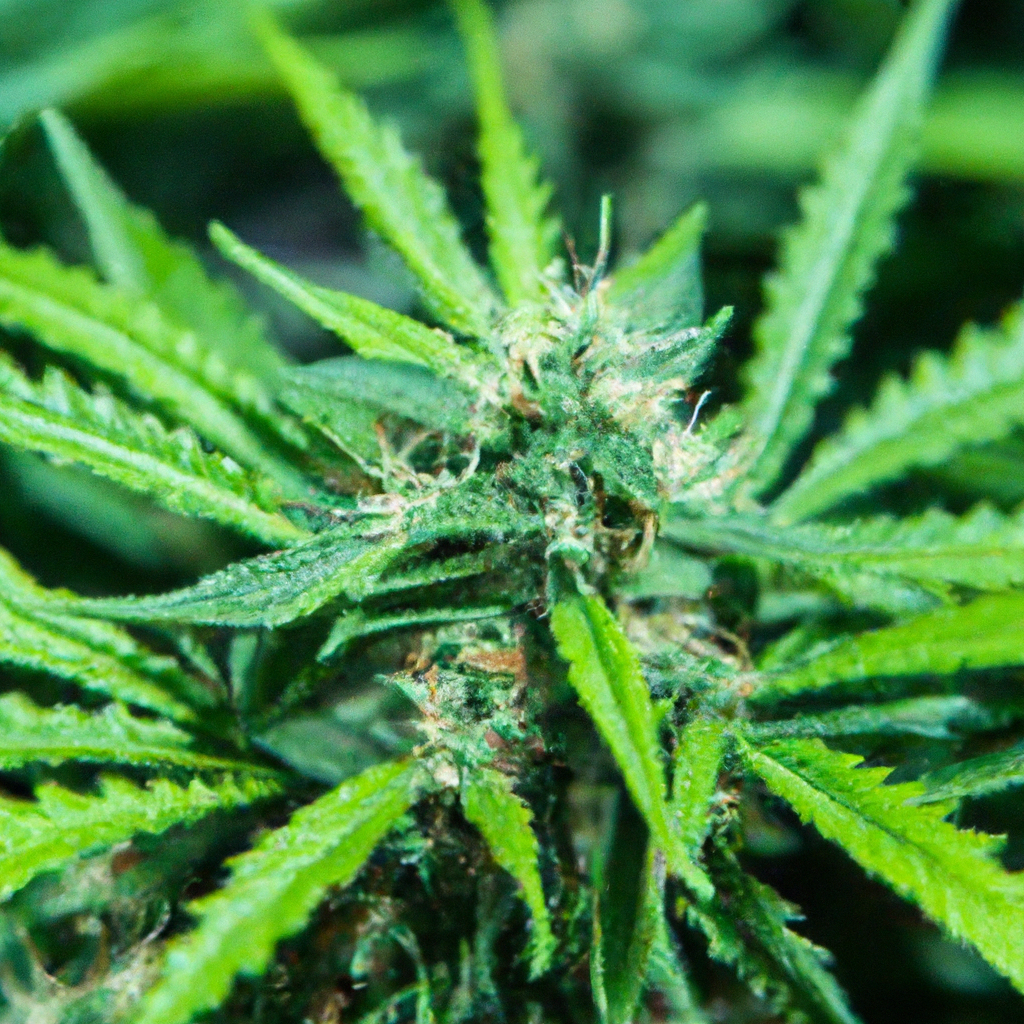
Mastering cannabis cultivation hinges on effective climate control, crucial for plant growth and maximizing yield. Ideal conditions balance temperature, humidity, and air circulation, each significantly impacting water uptake, nutrient absorption, and photosynthesis. Key techniques include managing temperatures between 70-85°F during the day, regulating humidity to match plant maturity, and ensuring proper air circulation to prevent…

Temperature control is essential for successful cannabis cultivation, impacting essential processes like photosynthesis and growth. Ideal temperatures range from 70-85°F (20-30°C) during light cycles and 58-70°F (14-21°C) during dark cycles. Effective strategies include using ventilation systems, insulation, and heating elements as needed. Common challenges like heat stress, cold stress, and humidity fluctuations can be managed…
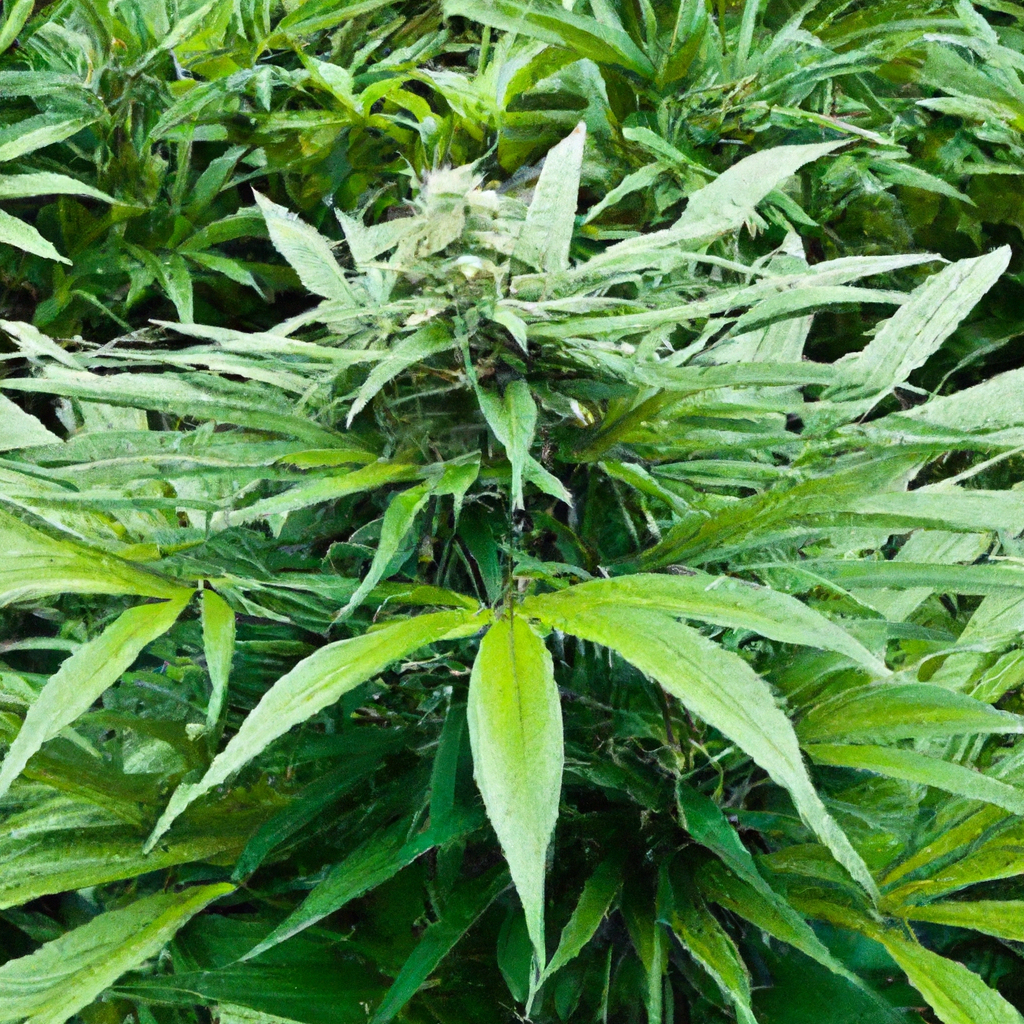
Maintaining optimal growing conditions is crucial for cannabis cultivation, directly impacting plant quality, yield, and potency. Key elements of climate control include regulating temperature (70°F to 85°F), humidity (40% to 60%), and airflow to prevent plant stress, mold, and ensure efficient photosynthesis. Technological innovations like smart sensors and automated systems now allow precise climate management,…
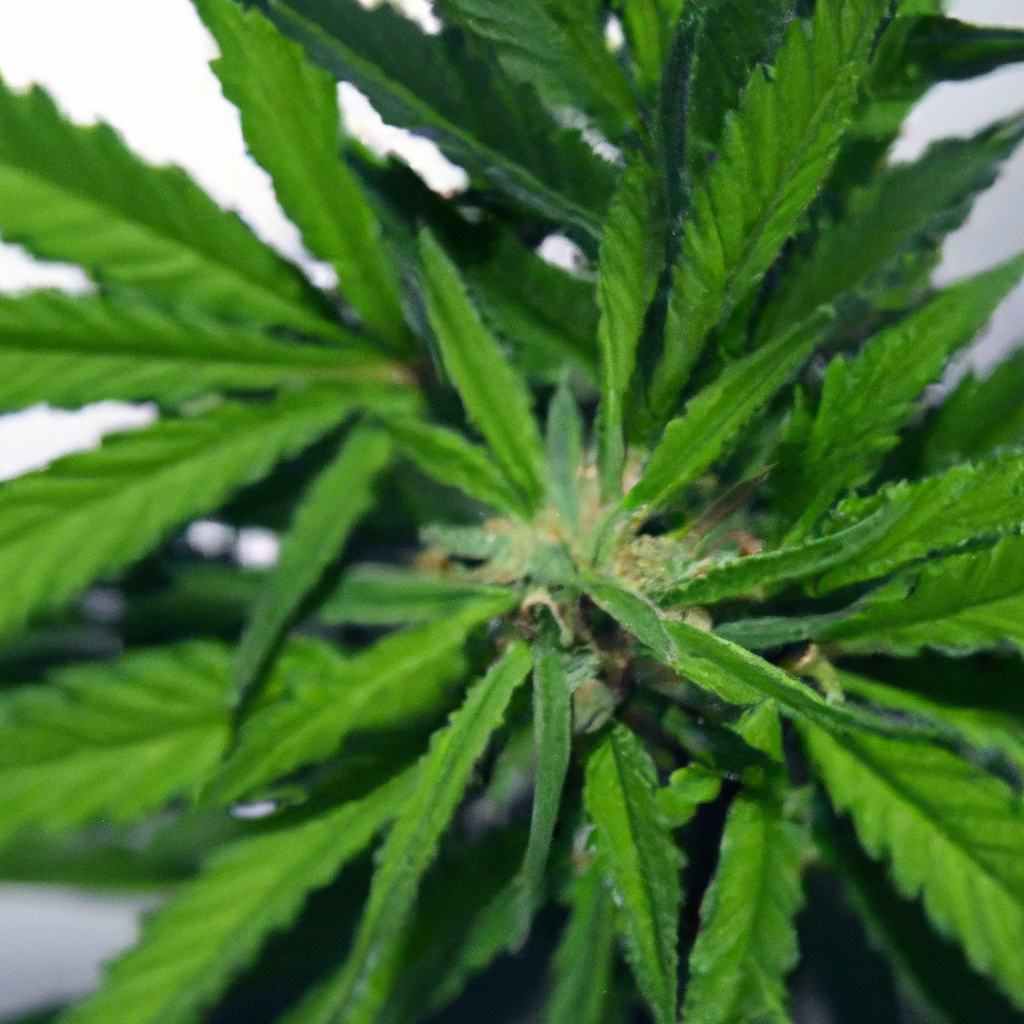
Indoor cannabis cultivation demands precise control of temperature, humidity, and air quality, making a robust HVAC system essential for high yields. This blog post delves into the significance of HVAC systems in creating ideal growing conditions, highlighting key elements like temperature regulation, humidity management, and air circulation. It offers tips on optimizing HVAC setups, such…
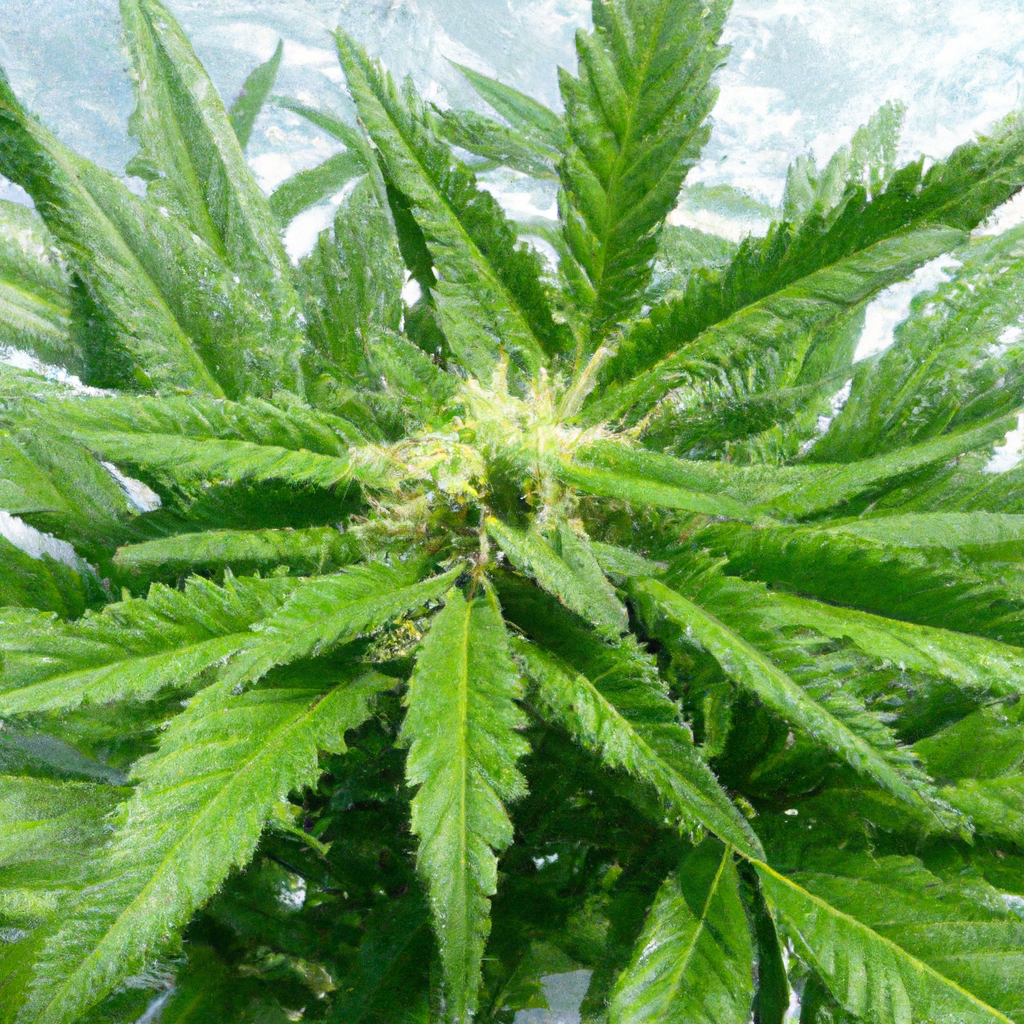
Successfully cultivating cannabis requires mastering the indoor climate to create an optimal environment for growth. Key factors include maintaining daytime temperatures between 70-85°F (21-29°C), controlling humidity levels from 65-70% for seedlings to 40-50% for mature plants, and ensuring constant airflow. Effective climate control systems, such as heating, cooling, humidifiers, and ventilation solutions, are crucial. Real-time…
Lighting is crucial in cannabis cultivation, and using lighting accessories can enhance growth and improve yield quality. These tools, such as reflectors, timers, light movers, and cooling systems, help optimize light delivery and efficiency by improving penetration, reducing energy use, and maintaining ideal growing conditions. Utilizing these accessories correctly, like setting precise light schedules with…
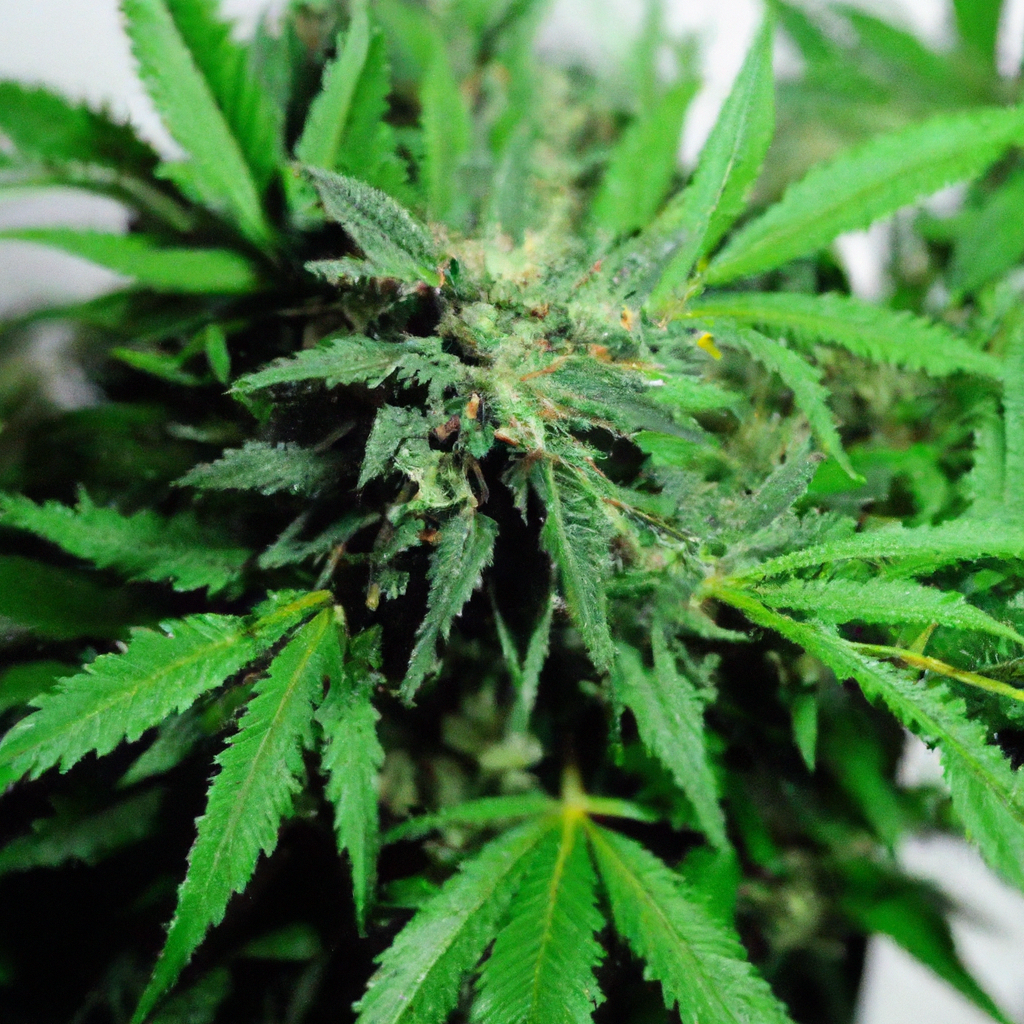
Successful cannabis cultivation hinges on mastering the microclimate within your grow space, which significantly influences plant health and yield. This blog explores practical techniques to control key environmental factors like temperature, humidity, air circulation, and lighting, tailored to the specific needs of cannabis strains. By balancing daytime and nighttime temperatures, optimizing humidity levels throughout growth…
